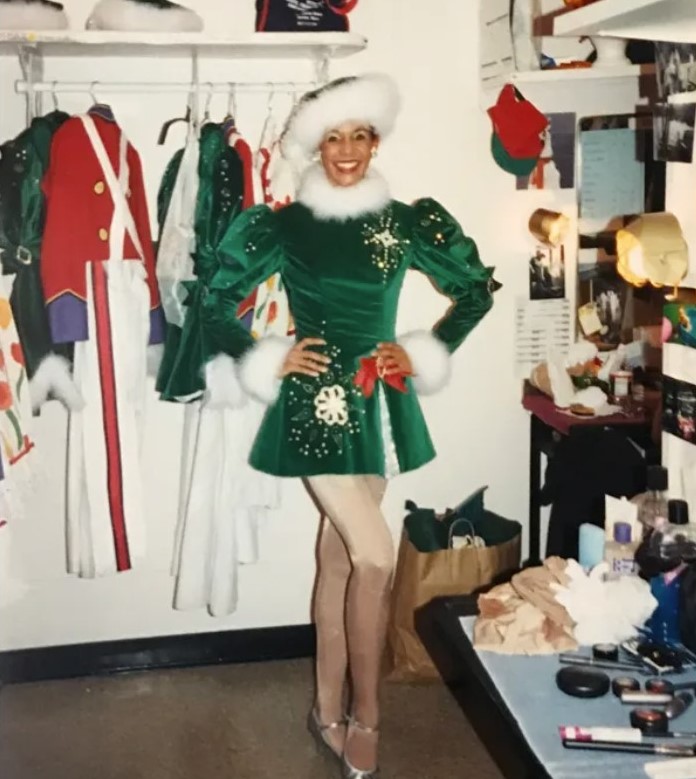1967 - Today
By: Teri Graham | Date Added:

Jennifer Jones was born on August 1, 1967, in Newark, New Jersey and in 1988, she broke a 63-year color barrier that was there by tradition and design to keep dancers of color out of the famed Radio City Music Hall kick line. She started dancing at 7, in Hillside, New Jersey, before the family moved to Randolph and she began studying in Dover, with trips to New York City master classes taught by jazz dance legend Frank Hatchett. It was there she learned how to master dance combinations quickly. She took a break from dance when her parents divorced when she was in high school, but she yearned to return to it. She tried community college; the fit wasn’t right. Two years out of high school, she found herself at Broadway Dance Center taking classes and waiting each Thursday for Backstage magazine to arrive with audition notices. The Rockettes have taken strides to make their kick line more diverse, to "look more like America," with outreach to find new Rockettes from diverse backgrounds. The effort is designed to create a pipeline of top dancers, including dancers of color who see the Rockettes as a viable career path, no longer the realm of white dancers alone. In October 1987, the Rockettes did something they rarely did: They held an October audition, for dancers to perform at the Super Bowl in San Diego. The ad in Backstage, the one Jones skipped over because she wanted to be a Broadway dancer, said something the Rockettes never said: “Minority dancers are encouraged to audition.” The day of the audition, the 20-year-old arrived at Radio City to see a line snaking down the block. She took a spot at the end of the line and soon regretted it. “They're never going to pick me. I don't see anyone like me on the line. I thought about leaving. Something inside me just said, stay. And I did.” Standing in that line, she didn’t know that Rockettes founder Russell Markert had forbidden his white dancers to get suntans, lest audiences think they were Black. Director Violet Holmes, the woman for whom she was about to audition, said that “artistically, it makes sense for all the Rockettes to be white because they're supposed to be mirror images of each other.” She remembers everything about that audition, the info card she filled out, and not having a headshot and resume, and having brought the wrong shoes. The stage manager approached her. “Jennifer, we're going to give you a call back," he said. "Bring your picture and resume and bring your tap shoes.” In an age before computers, she dashed home to get an old modeling photo, cobbled together a resume. She grabbed her tap shoes and went to the callback, where there was just one other woman of color, who was dancing on Broadway at the time. They did the callback. “They said, ‘Thank you.’ And that was it. That was my audition.” Of the 221 dancers to audition, 23 were chosen for future hiring. One was the young Black woman from New Jersey who dreamed of coming out of a stage door. Violet Holmes called a few days later to say: “We’d like to offer you the Super Bowl halftime show performance.” The next season, she was hired as a fill-in and performed on the Radio City stage. "I got so much love from across the country from the African American community," she said. “They said it was about time that the color line had been broken African Americans bring their families to see the Christmas show. It was something new for them. I don’t think a lot of African American families would come see the Christmas show.”
click hereShare your thoughts on this story with us. Your comments will not be made public.
Email
Copyright ©2016 - Design By Bureau Blank